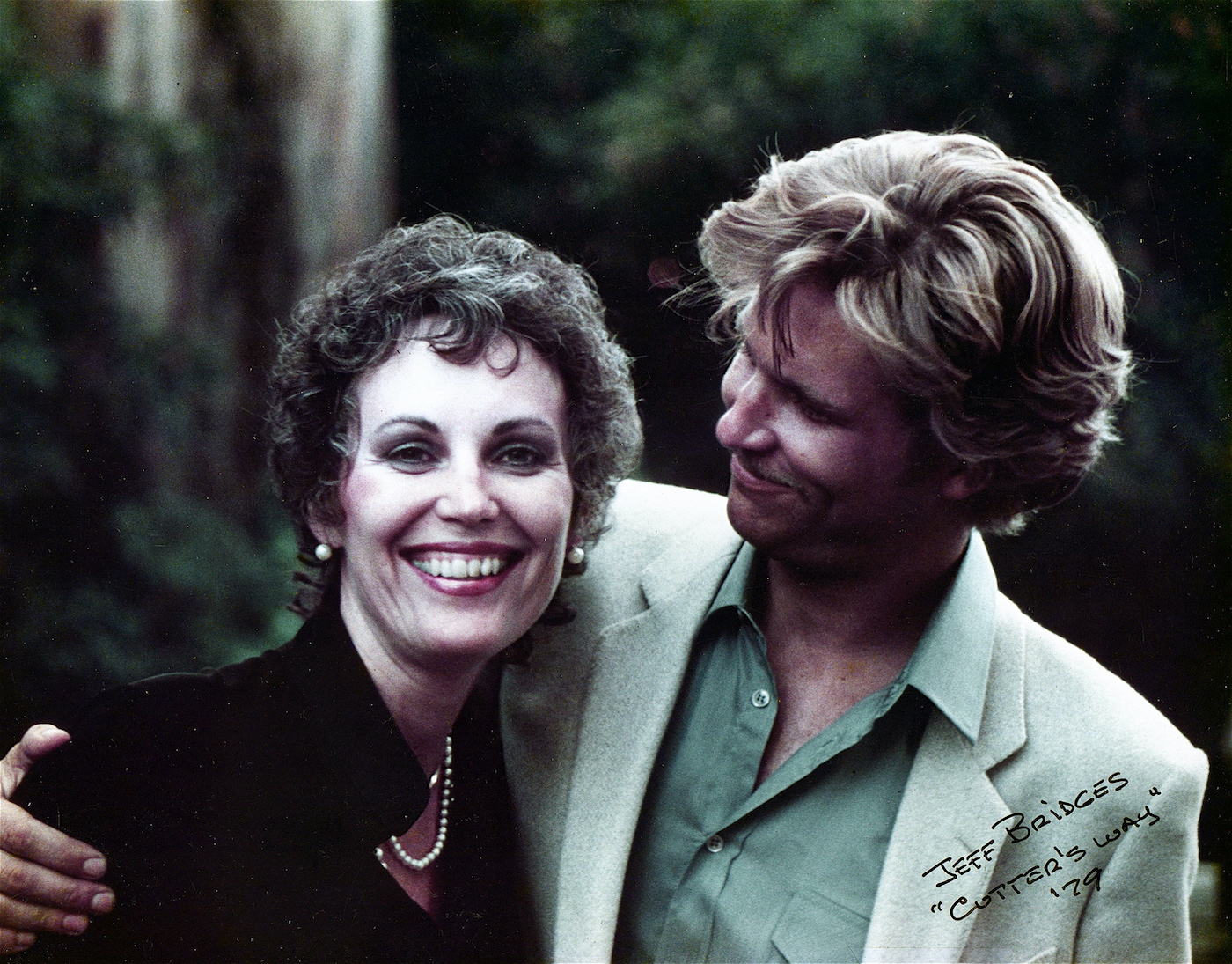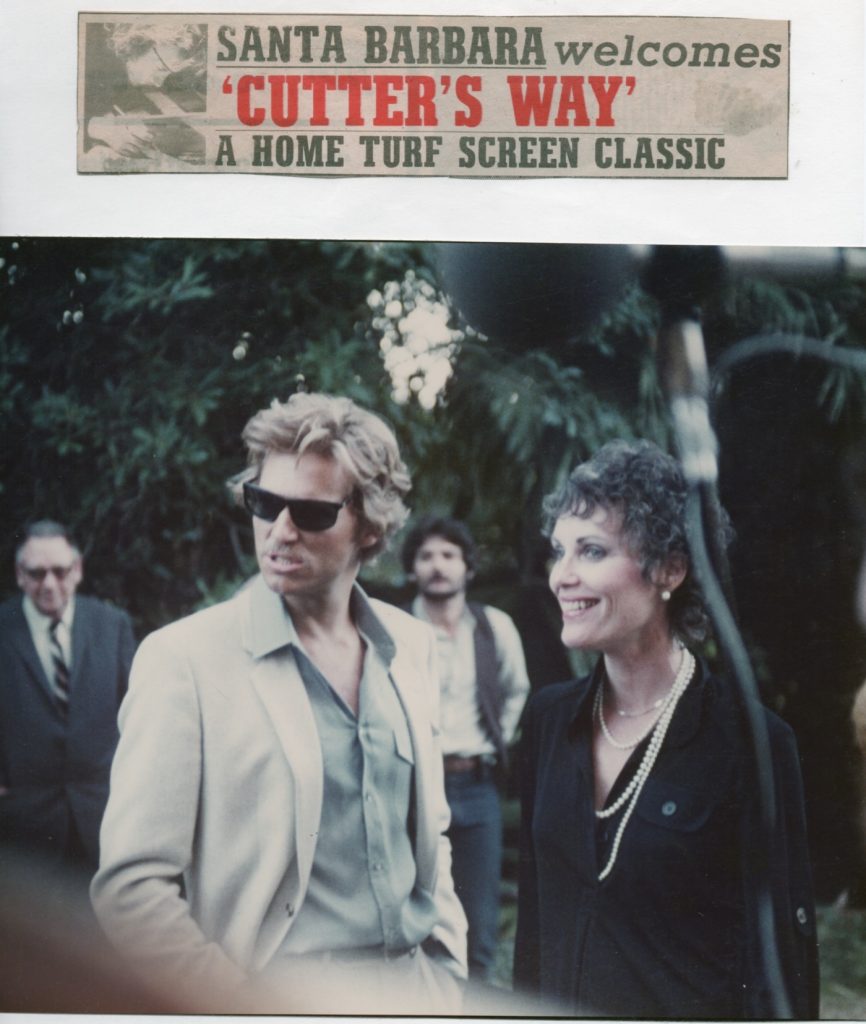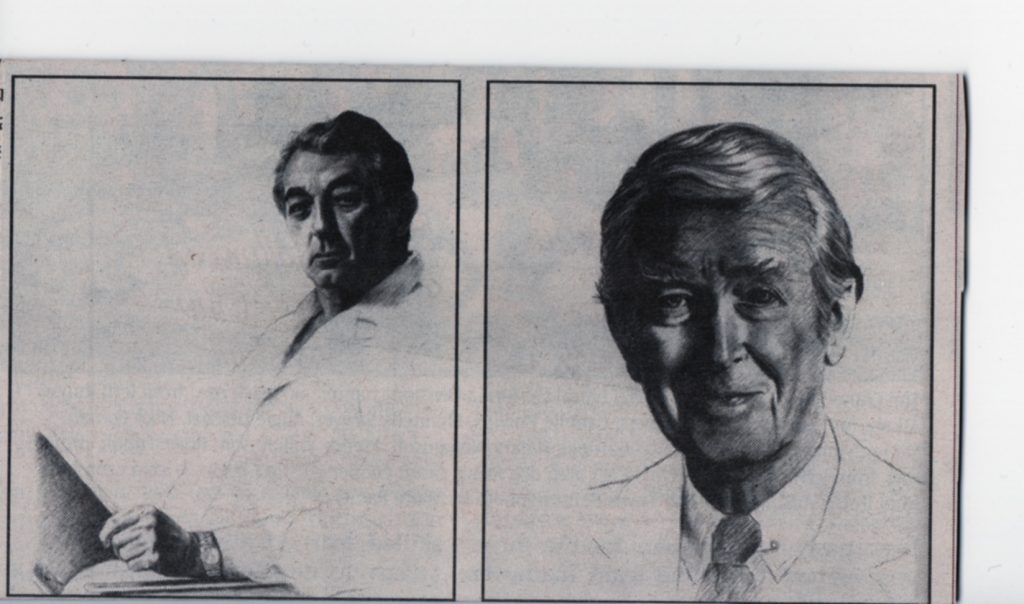Lights, Camera, Action

Now that the Santa Barbara International Film Festival ((SBIFF) red carpet is rolled up and put away for another year, it might be fun to turn the clock back and remember how it was.

Long before there was a SBIFF, Santa Barbara was the first film capital of the west and the largest in the world – before there was ever a Hollywood. In 1912, when Samuel S. Hutchinson, a Chicago filmmaker, visited Santa Barbara, he exclaimed, “This town has everything! Perfect climate, mountains, islands, the ocean, beautiful beaches, and brush country for filming westerns.” Hutchinson was so intrigued by what he saw that he bought an ostrich farm (it was only a ramshackle house that provided a haven for several scraggly birds) and set up his Flying “A” Studios.
Silent film celebrities such as Mary Pickford, Marion Davies, Mary Miles Minter (the reigning queen of the silents), Richard Bennett and his daughters, Constance and Joan, came to our town to make “two reelers.” Between 1918 and 1923, the Flying “A” turned out more than 1,200 movies. They were far from epics; some were only five minutes long and most were filmed in a few days. The Santa Barbara News–Press of July 13, 1912, carried a story that said in part: “A new record was made today when a thousand-foot story was filmed by Flying “A” in two hours and 15 minutes. Filming on The Stranger began at 9:45 am. By noon, the villain was hanged and everybody went home.
Then suddenly, Hollywood happened. Santa Barbara’s star-spangled era faded; its moment in the cinematic sun died. Stars flocked here, though. Charlie Chaplin helped finance the Montecito Inn as a haven for his cinematic buddies. El Paseo restaurant was one of the places where a young dancer named Rita Cansino performed before her name was changed to Hayworth. San Ysidro Ranch, once owned by Ronald Colman, was where John F. Kennedy and his bride had their honeymoon. Vivian Leigh and Laurence Olivier were married there, and Lauren Bacall fell in love with Bogey. Fast-forward to today and Santa Barbara is still a mecca for stars, writers, producers, and directors.
One of our local favorites is Jeff Bridges and his wife, Susan. In 1981, he came here to make a movie Cutter’s Way. Susan was with him on the set. Through LaBelle Modeling Agency, I was an extra for a few days at the estate where it was filmed, which is now next door to Oprah. One day, they needed a lady to play the owner of the estate and I got the part. My 15 minutes of fame were about to happen, but the director Ivan Passer hadn’t told me what to say. Jeff asked what was wrong. When I told him, he said, “When I come on, you say your name. (You can get into the Screen Actors Guild [SAG] if you have a line). In the film, I’m giving a party and Jeff comes in, looking for someone. He kisses me briefly and we chat a moment. I expected it to be dubbed over, but our conversation is in the final cut.
Through that act of kindness, I did get into SAG. Thanks, Jeff. I still get royalty checks after all those years, albeit for about $3. Jeff had an entry he produced and narrated in the 2018 SBIFF titled Living in the Future’s Past, an environmental documentary. This was the premiere and it’s scheduled for several more film festivals.
After several years of reporting Santa Barbara society to a magazine in Los Angeles and then one in Palm Springs, something happened in 1986 that is still going on 33 years later. The Santa Barbara International Film Festival was born, our American Riviera version of Cannes.

In 1985, the city was looking to boost tourism in the slow winter months and wanted festivals. Phyllis de Picciotto had a business background in movie theatres and film and had been to the French Riviera for the Cannes Film Festival. She told me, “I thought it would be great to have one here.” She applied for and received a $20,000 grant from the city to replicate a mini version of the French festival. Phyllis still kept her day jobs while volunteering as artistic director.
There were many founders including Bruce Corwin who also donated his theatres for free. She went on, “The first festival was three and a half days, with a tribute to Robert Mitchum being the highlight. The second year it was Jimmy Stewart. Parties were held at the El Encanto Hotel, the San Ysidro Ranch or the Biltmore. They were incredibly generous and gave us everything, including empty hotel rooms.” They screened 48 movies and more than 7,000 people attended. Now there are 700 volunteers alone, 90,000 attendees, 11 days, and 200-plus films.
Who knew when Roger Durling moved to Santa Barbara and opened the French Bulldog coffee shop in Summerland that he would end up as director of the SBIFF? He turned his passion for film into his livelihood, and under his direction SBIFF is now recognized as one of the leading film festivals in the United States. They have added the Riviera Theatre to SBIFF with programs going on all year-round. Way to go, Roger!
Who would have thought I would have written about them all? One day in 1995, I noticed a new newspaper called Montecito Journal. I walked into the office of “Journal Jim” and suggested a society column. He said, “Write one. If we like it, it’s yours.” Be careful what you asked for. That was 22 years ago.







You must be logged in to post a comment.